Safety depends on your tires a lot. They are the only road interface of your car, which in turn determines the car’s handling and safety on the road. A worn or damaged tire may result in a lot of issues such as a sudden blowout or prolonged stopping distances, and even hydroplaning in cases of wet weather. So, when should you replace your tire? Here are some key indicators to watch out for:
- Tread Depth: The Key Indicator
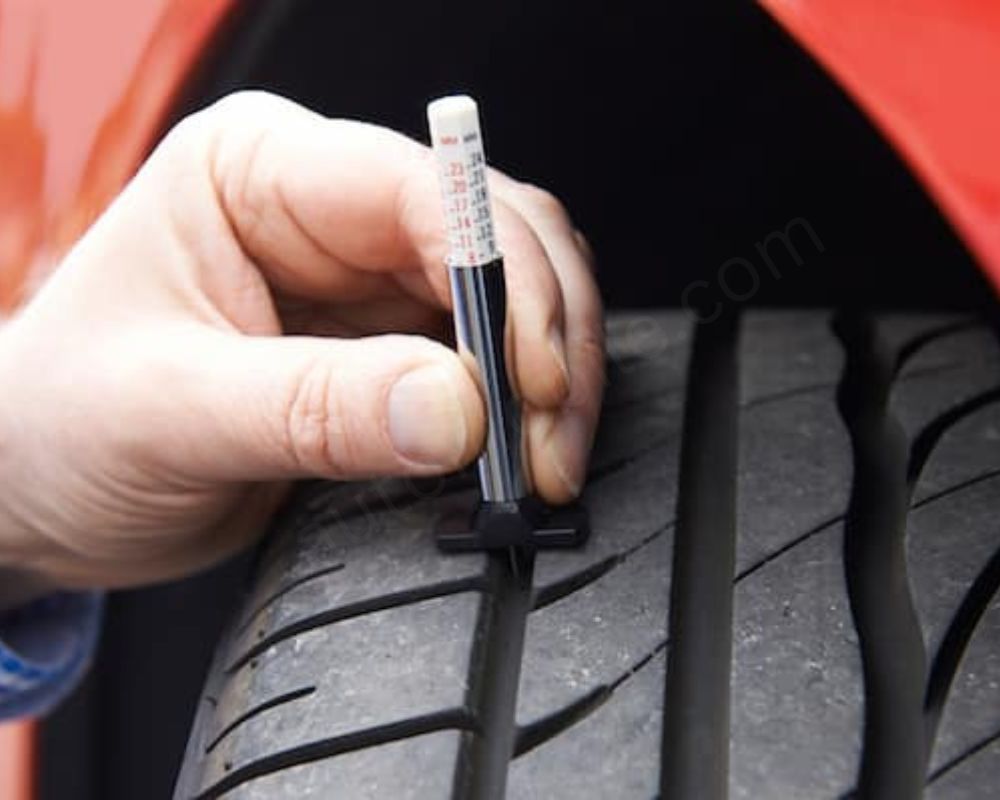
Tread depth is the primary parameter in assessing the health of a tire. New tires often feature 8 millimeters of tread depth. The majority of tires have inbuilt tread wear indicators, which are small raised bars within the tread grooves. The tread level should be at least as high as the tread wear indicators to ensure safety. If you are able to insert a penny with Lincoln’s head showing completely, it’s time for new tires. To check the tread depth more easily, do the penny test. Put a penny with the head of Lincoln facing down into the tread grooves. If you see just the top of his head it means that he has worn out his treads and that you should start looking for replacement tires.
- Uneven Wear: A Red Flag
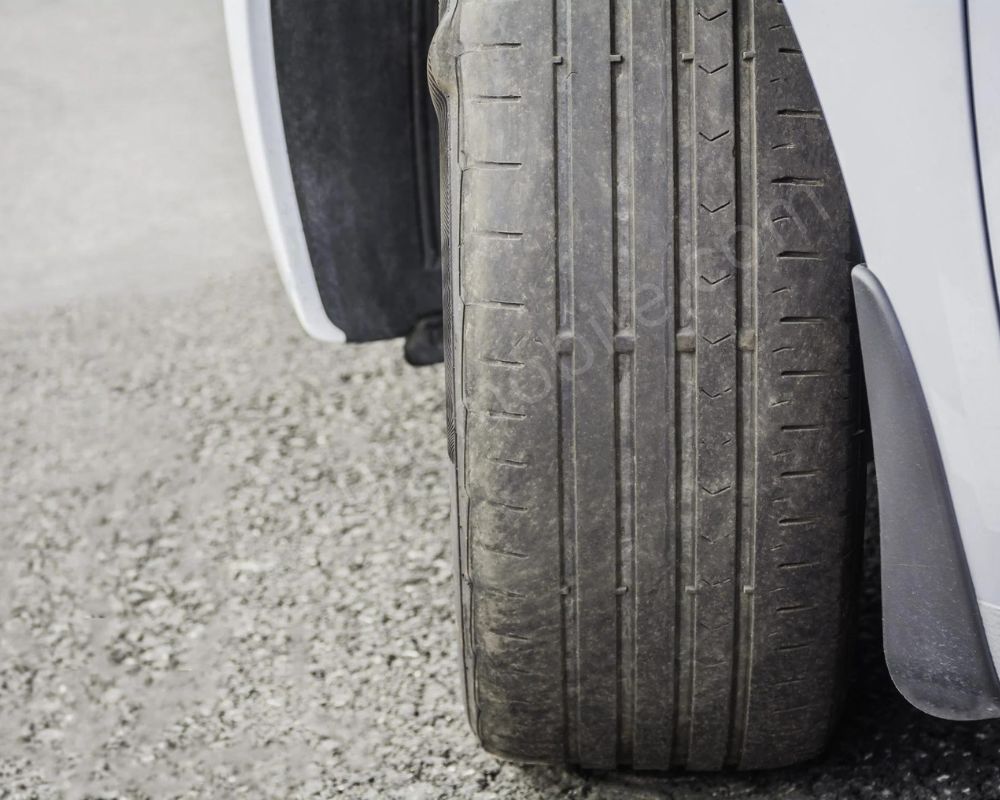
When treads on your tires seem to have been eaten by a dog with one side being more worn than the other, that might indicate misalignment or proper inflation. Uneven wear may not only shorten the life of your tires but may also cause an unexpected loss of control, especially during a fast steering when swerving to avoid an obstacle. Tire rotation done on a regular basis can help reduce uneven wear and increase the life of your tires. Target your tires to be rotated after every 5,000 to 7,000 miles that you have driven, as recommended by your car manufacturer.
- Visible Damage: Don’t Overlook It
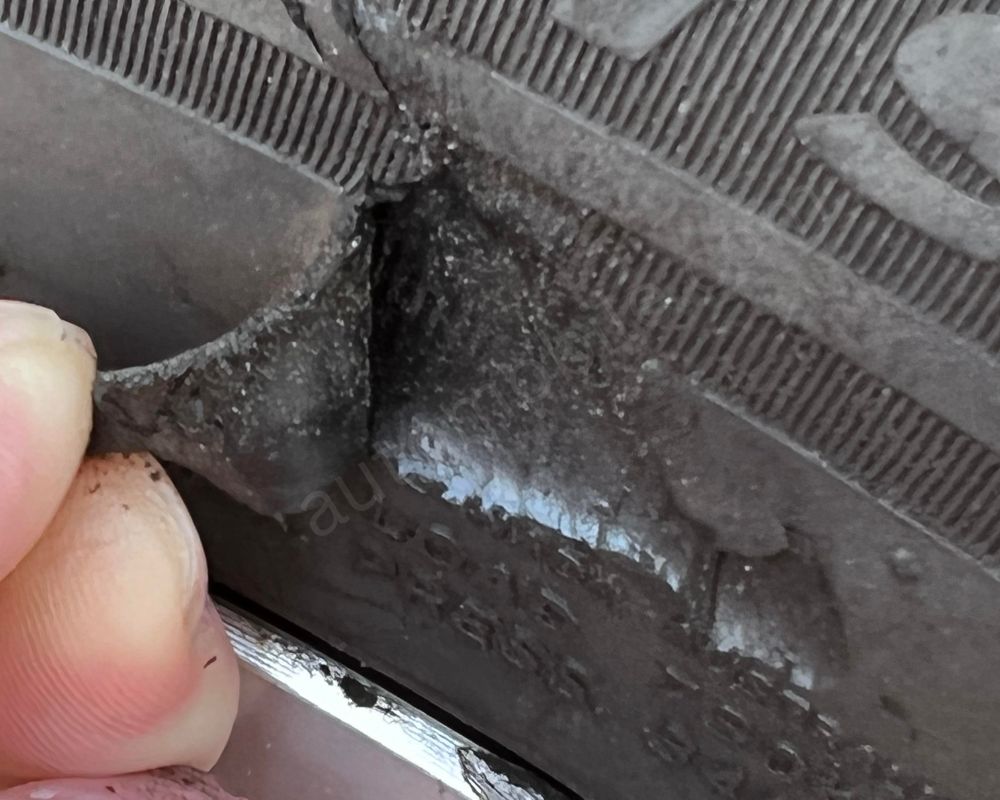
Look keenly for any exposed cracks, bulges, or cuts in the tire tread or the sidewalls. For instance, there could be wear and tear due to aging, pothole or curb impacts, or exceeding the rated capacity of the car. One tiny crack can turn into a fatal disintegration of the tire at high speeds. Obviously, any visible damage needs to be inspected by a professional as soon as possible. Tire defects should not be ignored as delayed replacement could be fatal to you or other road users. The torn and ripped apart tire during a blowout can not only damage your wheel fender and undercarriage but also add up to the cost of replacing the tire too.
- Pay Attention to Strange Sounds

In fact, your tires can hold a complete conversation with you, but you just need to be able to hear. The fresh noises heard from the tires, like that of whining, thumping, or squeaking, can all be warning signs. A wailing noise means uneven tear off while a rhythmic thumping is an indication of a damaged tire or wheel. Take these alerts seriously if you want to avoid a roadside breakdown. Not paying attention to strange tire noises could not only cause a flat tire but can mask deeper problems with wheel alignment or suspension. The unleveled wheel or unbalanced tire will cause irregular wearing and vibration, reducing tread life and affecting the handling of the car.
- Feeling the Vibration? Get it Checked
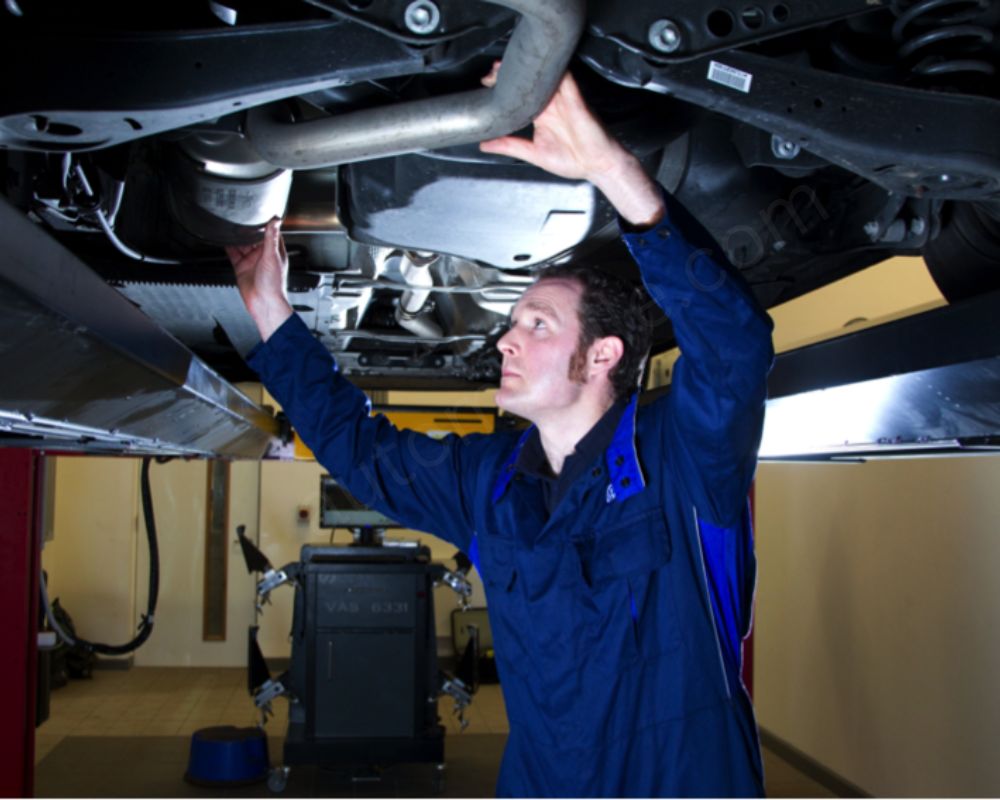
When you feel a vibration in the steering wheel or the whole car at particular speeds, it may be due to tire issues. The vibration in the steering wheel may be caused by uneven tires or damaged sidewalls. The vibration problem is not only resolved to make the riding smooth but also facilitates the life of other suspension elements in your car. If you don’t pay attention to vibrations, your tires will wear unevenly and your car’s suspension system will likely be damaged, making those repairs very expensive in the future. Struts or worn-out shock absorbers can equally contribute to vibrations, hence it is good to have a professional inspection to establish the root cause.
- Losing Pressure? Find the Leak
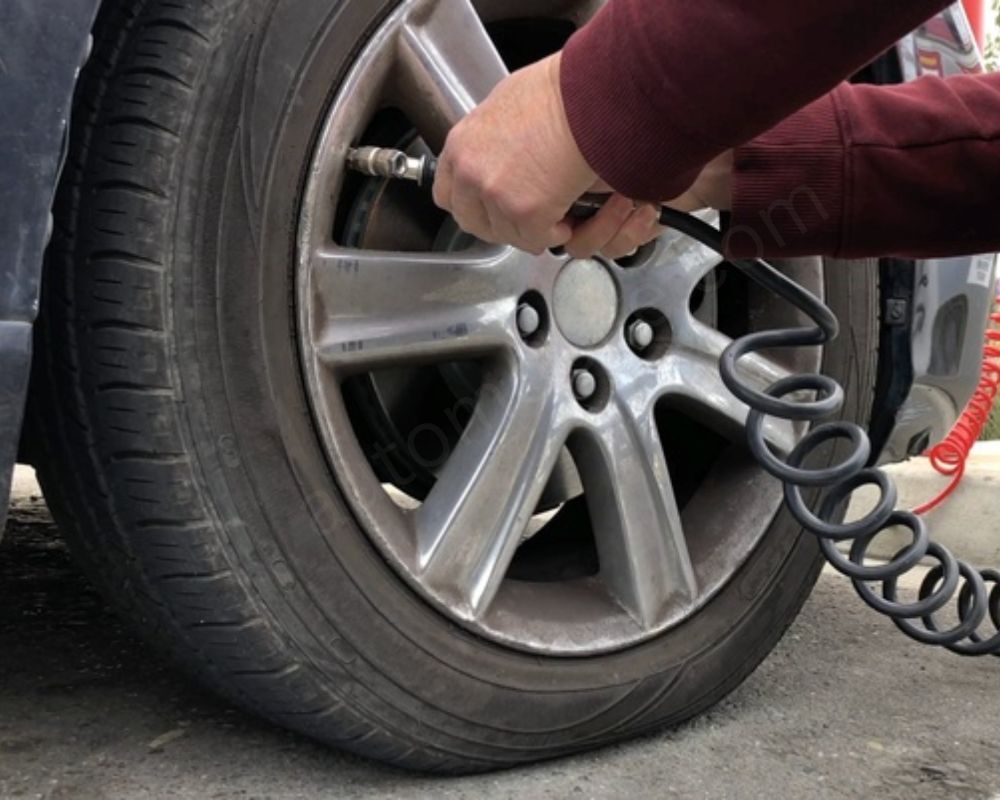
Low tire pressure can also be a sign of a slow leak. The cause could be a nail or road debris puncture, or a valve stem or a rim seal fault. Do not wait until the tire goes completely flat; a slow leak can also cause uneven wear and loss of fuel economy. The proper tire pressure is critical for the tire performance and saving fuel. Tires that are underinflated not only wear unequally but also increase rolling resistance resulting in your gas mileage reduction. Check your tire pressure, including the spare, at least once a month, and before long trips.
- Age Matters Even for Tires

Even tires with enough deep tread and no visible damage can depreciate over a long time. The rubber compounds in the tires decompose by heat, sunlight, and ozone. In most cases, replacing tires that are older than 6 years should be pursued, irrespective of the tread depth. It is highly recommendable to switch your tires every six years even if they appear to be in good condition because this will ensure their optimal functioning and safety.
Through observing these signs, and by conducting periodic tire inspections, you can keep everyone on the road safe. As your tires are one of the key investments in your car’s performance and are an important factor in a wise driving experience. Do not risk a car breakdown on the road by delaying pending tire damage check. This is a proactive approach to ensure you do not find yourself in a ditch one day. Whether it’s the satisfaction of knowing your vehicle is properly maintained or the peace of mind of a safe commute, the key is just a tire rotation or swap.

